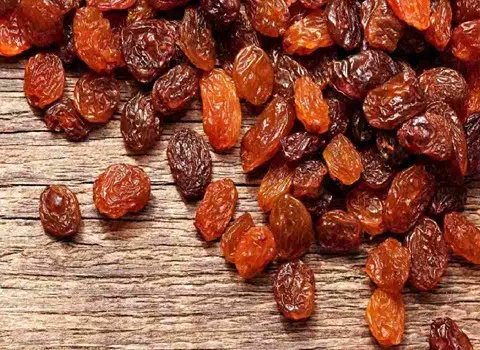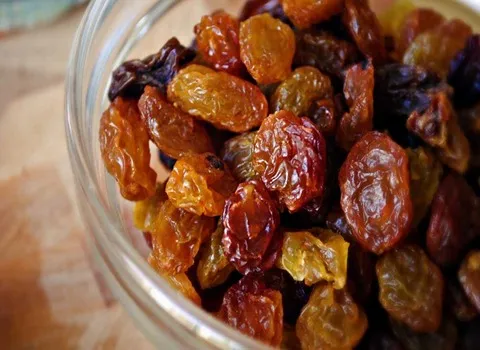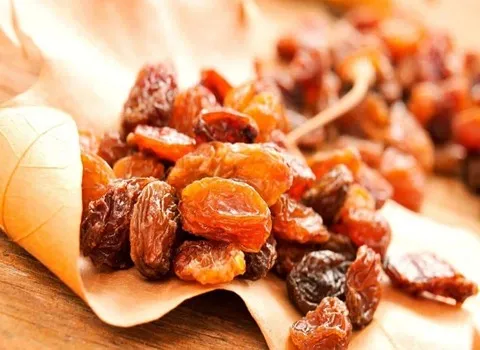There are many kinds of raisins packaging that our company use for export, This packaging keeps the products fresh and healthy.

Exporting Raisins Pacakging Types introduction
Raisins are typically packaged in cardboard boxes, wooden crates, or plastic bags depending on the retailer.
If the product is packed in containers made of millboard or corrugated cardboard, it needs to be transported on pallets.
It is essential to select a container size that makes it possible to produce cargo units with dimensions that are comparable to those of standard pallet sizes (800 x 1200 mm and 1000 x 1200 mm).
Grapes should be harvested during the months of August and September for the best results.
While drying on trays, the grapes' moisture content declines from 75% to roughly 15%, causing a shift in color from green to reddish purple.
After the fruit has been left to dry, the raisins are packed by rolling the paper trays in which they were kept into a tight cylinder.

Exporting Raisins Pacakging Types features
This keeps the raisins in good condition until they are sold.
After the rolls have been gathered, they are stored in boxes or bins until they are prepared to be transported by truck to a processing plant, where they will first be cleaned, then inspected, and then finally packaged.
In the processing stage the following steps should be taken: After being dried, the grapes are sent to a facility where they are processed.
They are subjected to a mechanical procedure here, which consists of having them emptied out onto a conveyor belt.
After that, the raisins are passed through a screen with a very tiny mesh, and then air is blown over them to remove any sand or other particles that may still be present.

Exporting Raisins Pacakging Types advantages
In order to remove the immature fruit, vacuum extraction tools are used.
The next thing you need to do is give the bunch a good shake to separate the raisins from the stem.
The process of removing the cap stems from each raisin involves passing the raisins between two rotating conical surfaces.
In the case that the raisins include any seeds, the seeds are removed from the raisins by the use of a mechanical procedure.
After these processes have been completed, the raisins are passed through a series of mesh filters in order to be sorted by size.
The raisins may now be packaged in any of the myriads of ways available to them.

Exporting Raisins Pacakging Types conclusion
When it comes to personal use, they may be as little as a half-ounce in a cardboard container, whereas when it comes to commercial use, they can be as huge as 1,100 pounds (499.4 kg).
To verify that no foreign metals have been introduced, each and every package undergoes a rigorous weighing process and is inspected with metal detectors.
They are put into trucks, and then those trucks are driven to where the customers are located.
The time it takes for the manufacturer to process the raisins once they have been received, package them, and send them out for sale is around ten minutes.
The United States is the largest raisin producer in the world; however, Turkey is the second largest raisin producer in the world, producing 25% of the world's total raisin output and exporting 40-45% of the world's raisin exports.
The Sultana grape is the most widely consumed variety in Turkey.
The vast majority of raisins are derived from one particular variety of grapes.
The Sultana grape, which is white and has a thin peel, is used to make the finest raisins that are currently available on the market.
It is easily identifiable by the distinctive, diminutive berries that have an oval shape.
It is very sugary, and there are no seeds to be found in it.
In order to produce one kilogram of raisins, approximately four to five kilograms of fresh grapes are required.
